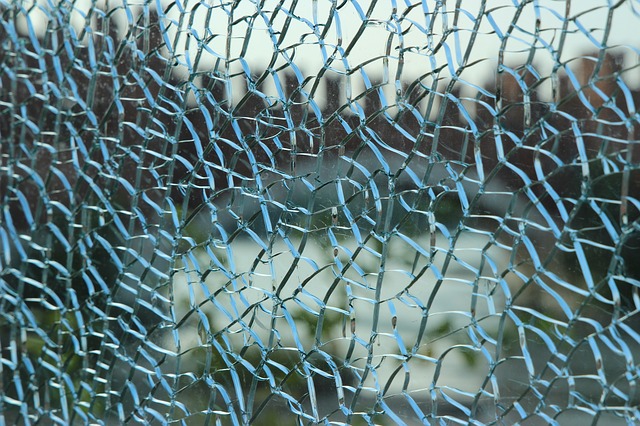
Initially brought to the limelight around 30 years ago, scientists noted that examining a crystal under a microscope reveals an evenly spaced, symmetrical, ordered array of atoms. This ‘order’ is what makes crystals fairly easy to study and understand. In contrast, examining a piece of glass shows the complete opposite – chaotic, randomly-spaced and ‘disordered’ atoms, and this ‘disorder’ makes glass harder to analyze and explain its behavior, including how the material responds to breakage or heat.
So what does this mean? Ever since this difference in microscopic structures was observed, scientists have been questioning whether a strange phase transition (called ‘Gardner transition’) present in hypothetical ‘disordered’ materials could also be present in actual materials like glass, and if it did, if it had any kind of relevance to the real world. That debate has been going on for the last 3 decades.
After years of research and relentless calculations, Dr. Sho Yaida from Duke University is prepared to give an answer. He says that at low temperatures, there are some types of glass that may exist in a new state of matter, and this influences how the material responds to different stimuli including heat, stress and sound. This also suggests that ‘Gardner transition’ exists not only in a theoretical world with at least 6 dimensions, but also in a real 3D-world like ours.
In an article that came out of DukeToday, Professor Patrick Charbonneau, Yaida’s advisor, said they found ‘hints’ of the transition, but they couldn’t confirm it as ‘evidence’ of the transition because there were some who didn’t believe that such a process could actually exist. Needless to say, Charbonneau says that Yaida is able to show that the transition can exist.
More specifically, what they discovered was that at low temperatures, there comes a point when the atoms of glass arrange themselves in a number of different configurations – not just one random pattern, but several different random patterns. Even better, Yaida was able to find a ‘fixed point’ in the three dimensions — what’s considered a prerequisite for a phase transition to exist, and something which previous calculations weren’t able to find before.
As Charbonneau explained: “The fact that this transition might actually exist in three dimensions means that we can start looking for it seriously. It affects how sound propagates, how much heat can be absorbed, the transport of information through it. And if you start shearing the glass, how it will yield, how it will break. It changes profoundly how we understand amorphous materials in general, whether they be amorphous plastics or piles of sand or window glasses.”
While these findings may change how the world looks at amorphous materials – those materials whose molecules and atoms are not arranged in an organized pattern – we may only be able to feel its relevance when it gives rise to real-world applications.
The findings were recently published in the journal Physical Review Letters.
Disclaimer: This page contains affiliate links. If you choose to make a purchase after clicking a link, we may receive a commission at no additional cost to you. Thank you for your support!




Leave a Reply